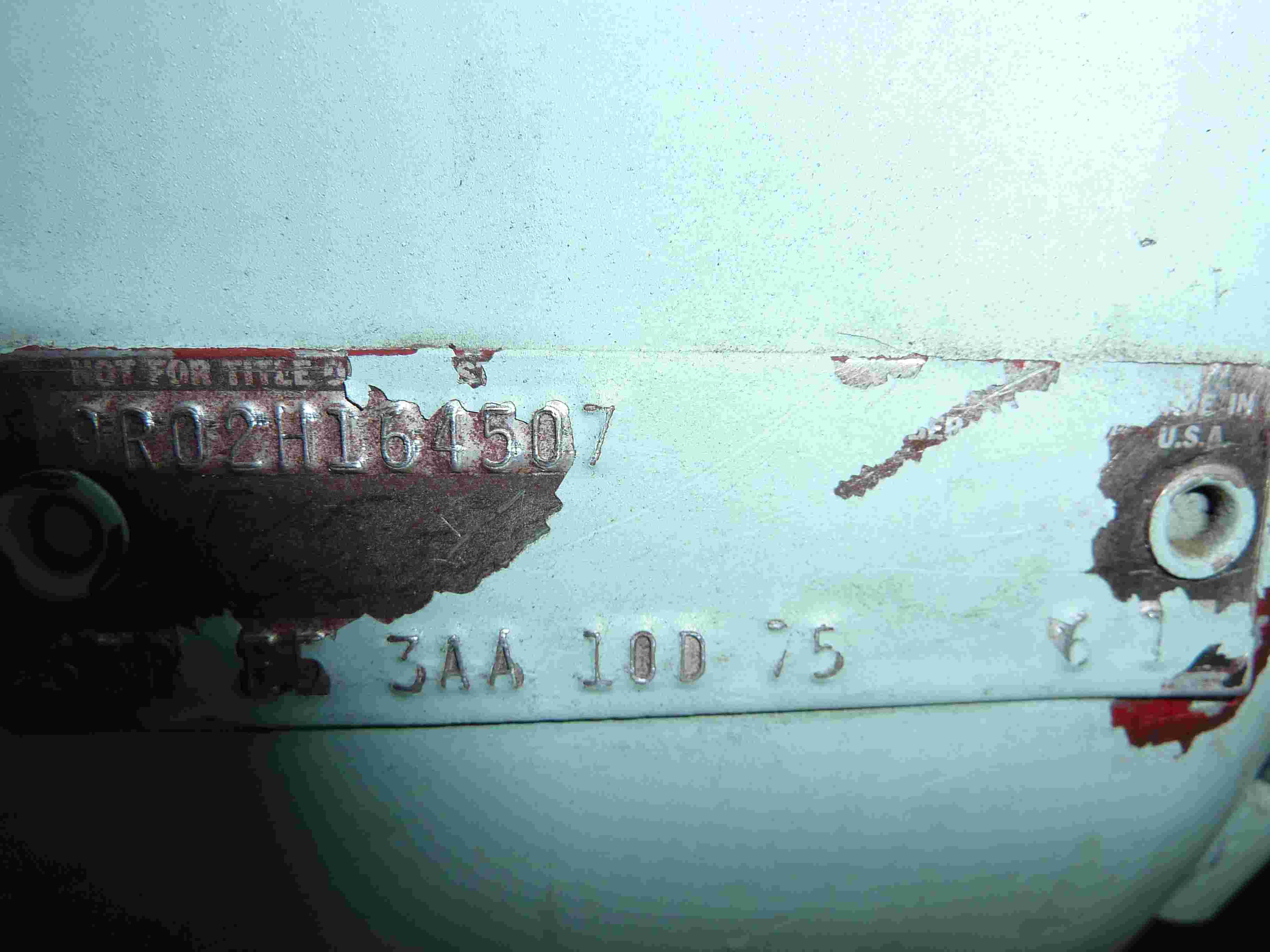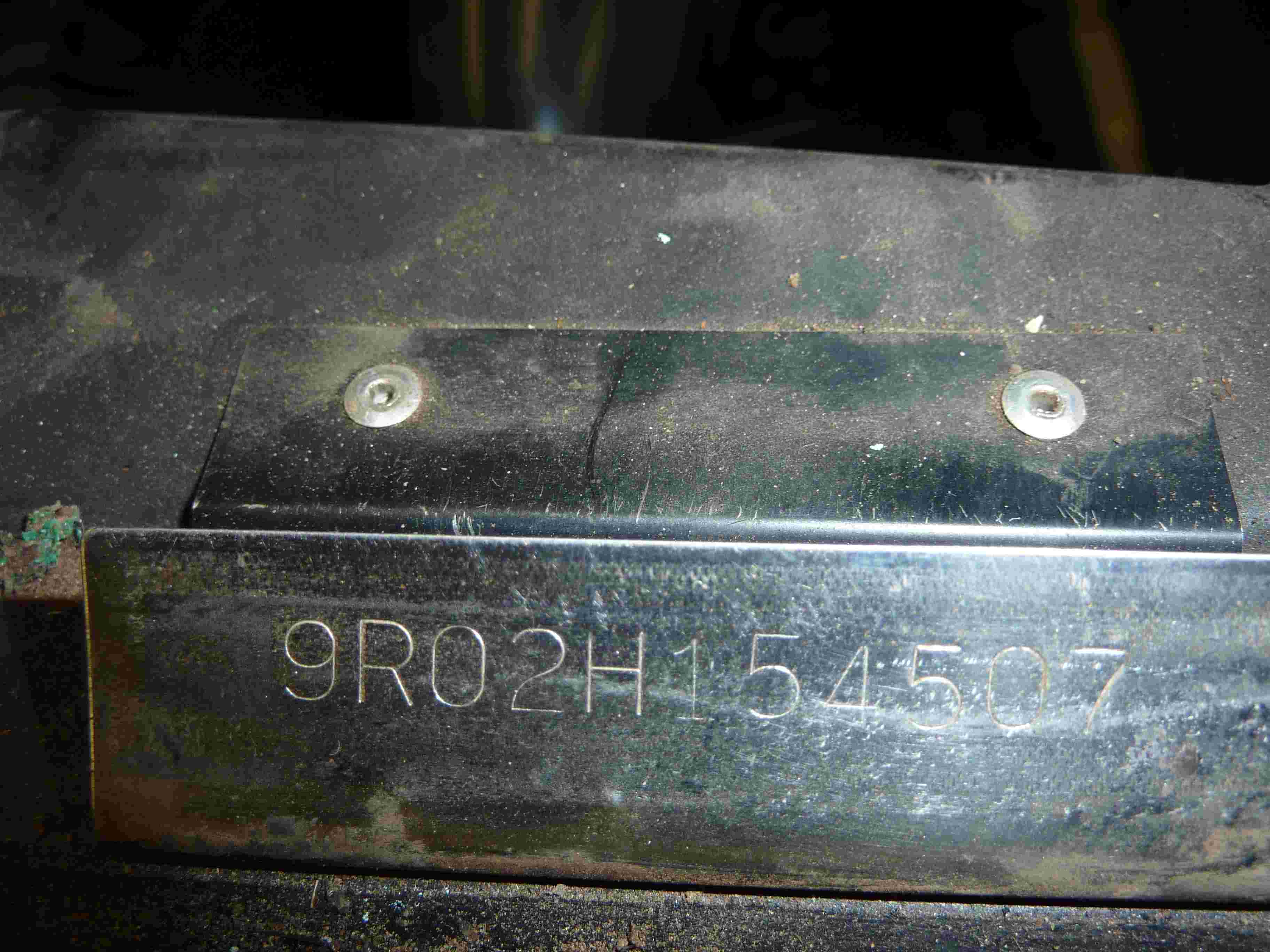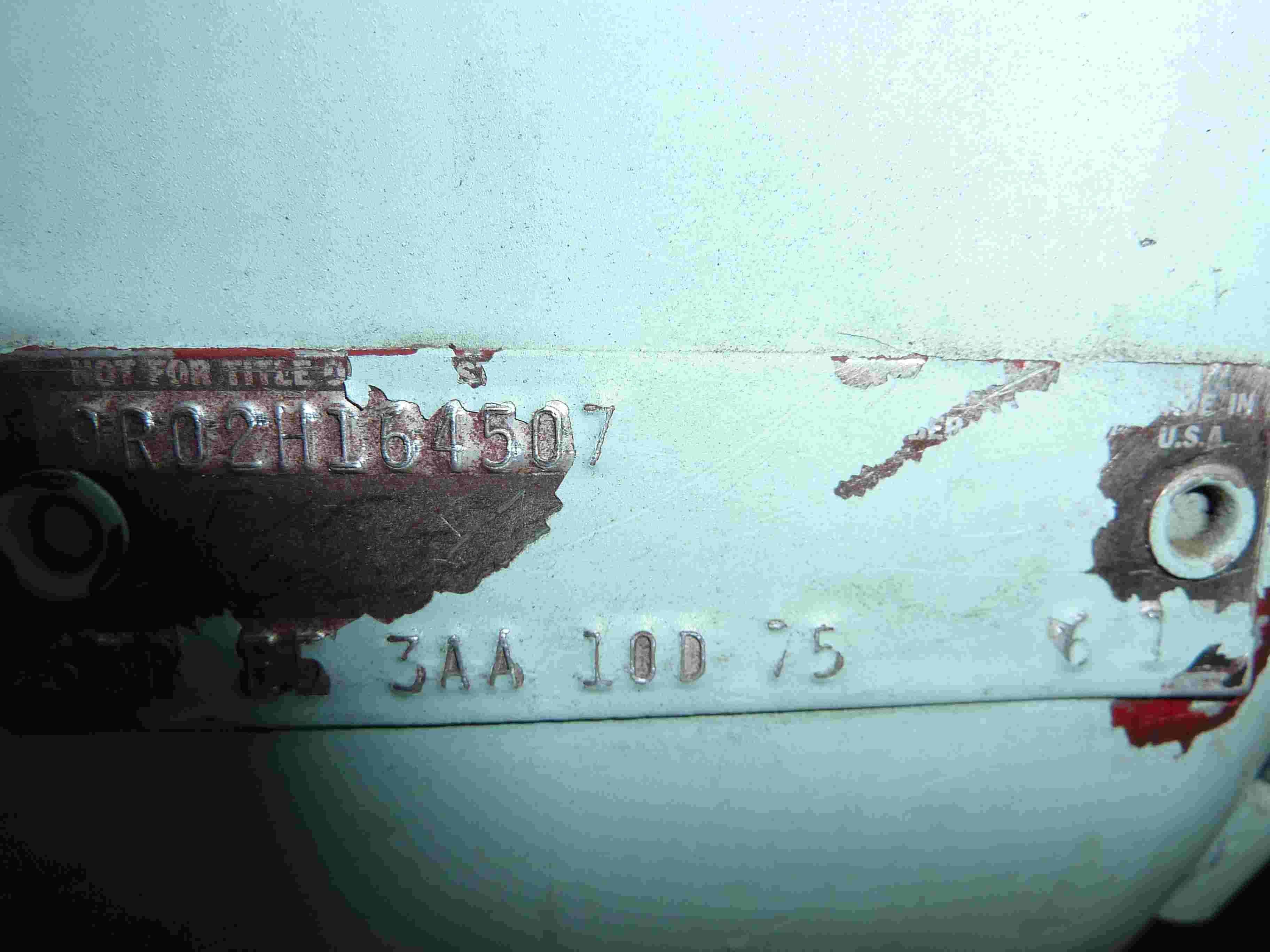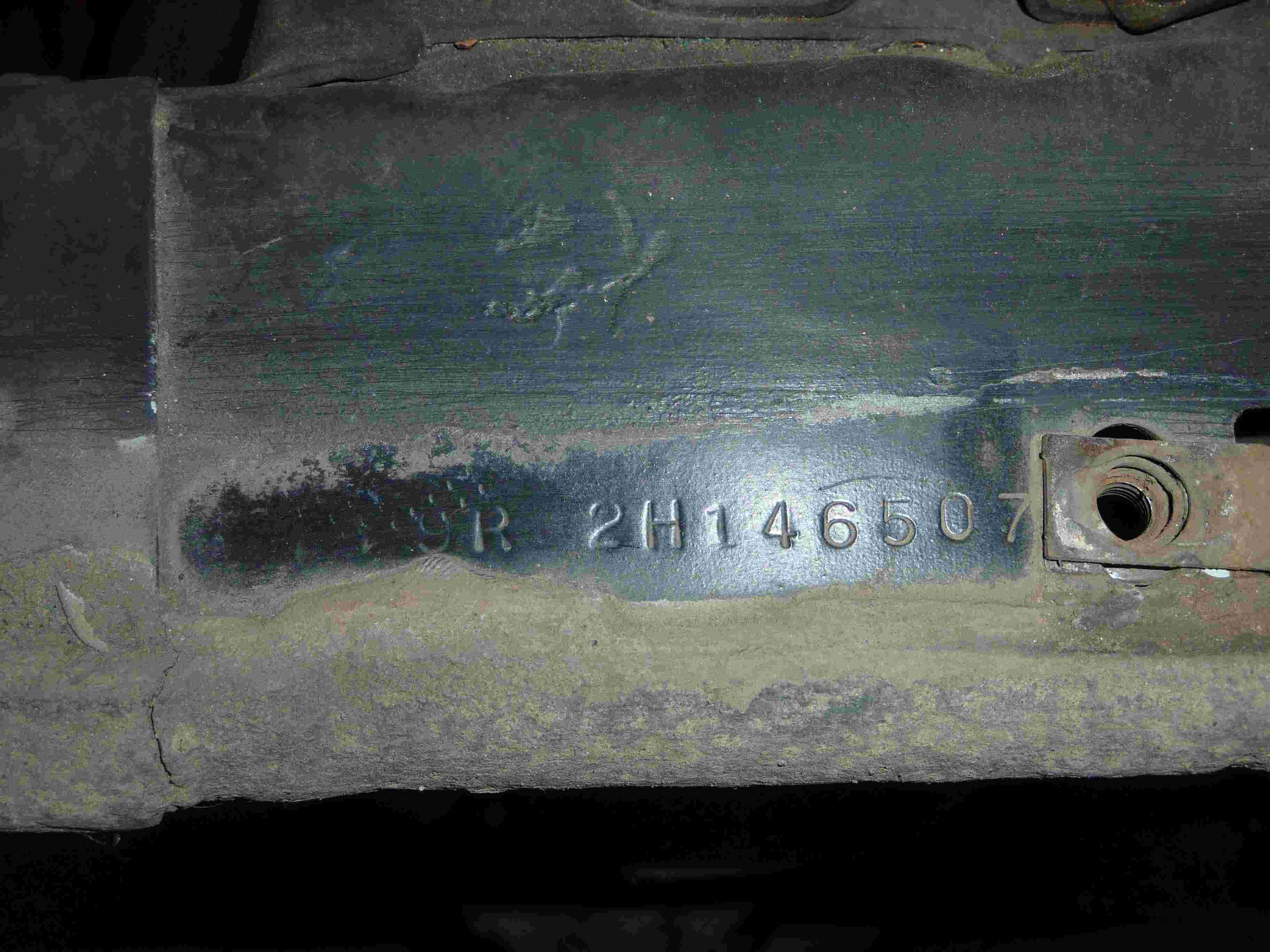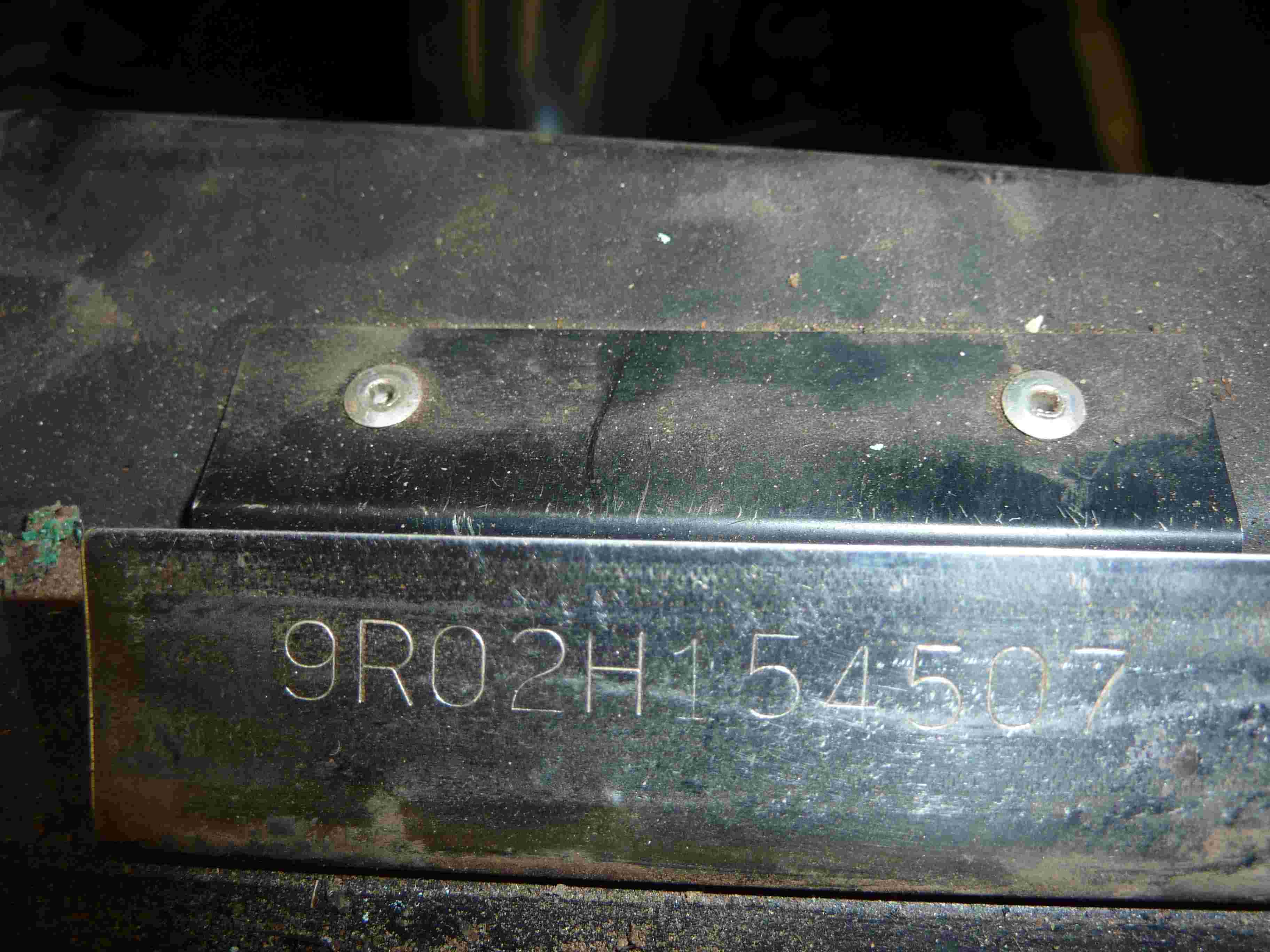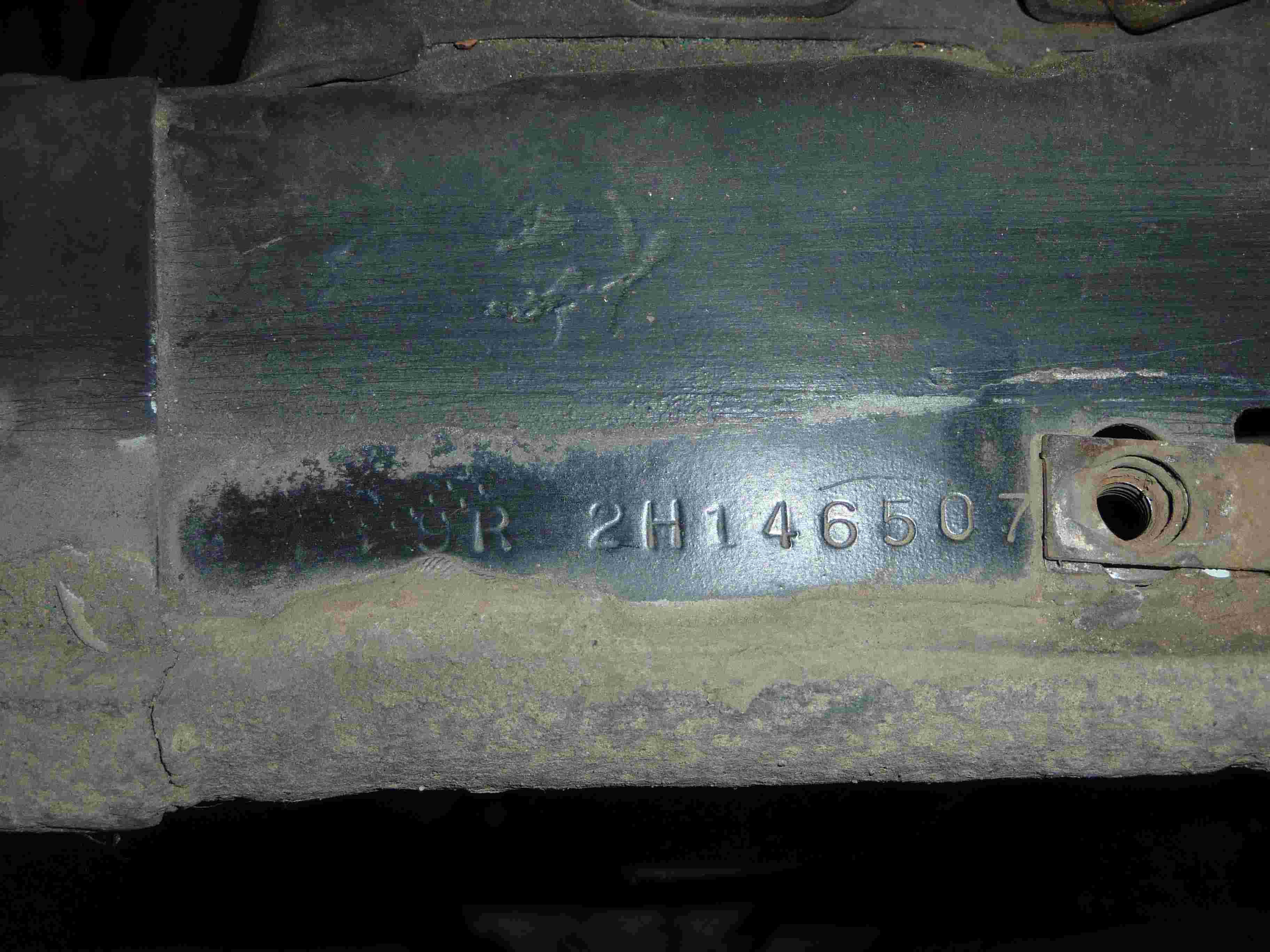These terms and conditions have been placed here due to people who like to complicate matters, do not read what is clearly printed on the web pages, or are just plain ornery. If you are not one of these people, please don't take offense. My lawyer and the credit card companies require this as one last opportunity to clearly state what is usually regarded as common sense. The tone of these terms and conditions is not meant to be demeaning or condescending. They simply are the result of experience with 2% of our customers who need extra assistance and enlightenment. And if you are part of that 2% that have a need to demonstrate that you are more important than and/or morally superior to other people, please don't buy from us. We won't be offended and you won't have to be either. Either way, know that ordering from us and then violating these terms and conditions will not be taken personally. We will simply turn over any unpaid invoices to a debt collection agency or go to small claims court and/or cancel your order.
Special paint: Vehicles ordered with special paint are marked as "Unknown" on Marti Reports. This is because Ford did not keep records of the color used on these vehicles. Where possible, if physical evidence is provided, we will attempt to provide the Ford paint number. Due to the nature of special paint cars, no further information or statistics are available.
Our Reproduction Parts and Items are based on typical production standards for their time period. Original production parts and items were never "perfect" from the factory. Misalignments, crooked characters and logos, smears, scuffs and scratch marks on the backside, and other defects were typical of production. We produce products to those standards and you agree to accept those products with those standards. If we make an actual error in the characters that were to be placed on the item, we agree to replace that item upon the return of the undamaged product we made for you. See Why does my tag look different than the one on my friend's car? and How come the tag you made is sloppy looking and the characters don't line up? for more information about typical production standards.
Where you are requested to upload pictures, it is your responsibility to provide clear pictures. If pictures are not clear, we are assuming the content of the pictures is not important to you. We assume the lack of clarity in the picture by you indicates you give us permission to use our best judgment in the production of products you have ordered. Your failure to include pictures is an indication on your part that you give us permission to use our best judgment. If, in fact, our reproduction does not match your original, you agree that you will pay for the item nevertheless. In other words, if you are that serious about perfection, be serious about supplying what is requested by us.
When you first arrive at the website, you are asked for the year, model, and engine of your vehicle. You agree to provide accurate information. Your failure to do this may cause unintended consequences and nobody likes those. If you choose an incorrect year, model, and/or engine for your vehicle and it turns out the correct price for the item you order is higher, you agree to pay that higher price. When ordering items, each item is sold independent of other items. You are responsible for what you order. We provide our products because you order them. We assume that if you order a part, it is because you need it. In addition, if we can't provide one item out of several you ordered, you agree to still accept the balance of the order. We also reserve the right to split an order if circumstances arise that would make it more efficient for us to do so.
If you are ordering a standard, deluxe, or elite report from us, you understand this is a report about a particular serial number and the data you receive reflects information about how Ford Motor Company constructed that vehicle originally. The list of options shown are per Ford Motor Company. They do not include a list of dealer add-on options. Some items may not be listed because they are standard equipment. An example would be a tachometer on a 67 Mustang with a 390 engine and four-speed transmission. Tachometers were included as part of this engine/transmission package, so they do not appear on the report just like they didn't appear on the original window sticker. Further, especially for older vehicles, this data was input during the Stone Age of computer programming. There wasn't a "Make sure when people look at this data fifty years later it will there will be complete agreement between Marketing, Engineering, and Sales on terms used" team. One person says "faucet" and another says "tap." They both mean the same thing. Same with Ford. And if you have a "special" vehicle, you're not going to get "special" data about that vehicle. These are generalized reports. Please don't order if you think your one special vehicle will receive special report information.
The report is not about the authenticity of the vehicle you may own or are considering owning. It is not an evaluation about the condition of said vehicle. Authenticity and condition are matters handled by appraisers. We are not offering an appraisal service and do not offer any opinion about the value of any particular vehicle, though we may, at times, comment about value of vehicles as a group.
The presentation of data in our reports and the choices we make of what to highlight in said data is the best attempt at maximizing value to our customers. Because we are all individuals, certain features may be more important to you than the group. However, due to the fact this data is run through sophisticated computer programs, alterations to the presentation are not possible. We supply pictures of our reports so you can see how the data will be presented. Make sure you understand what we will provide. If you aren't sure one of the reports will meet your needs, the time to contact us about expectations is before we do the work as attempts at time travel have proven unsuccessful so far. If you find the report does not adequately address what you are interested in knowing, we offer research. Please visit that section of our website. And remember - TANSTAAFL (look it up)!
It is not our responsibility to define terminology for you. The reports and data we provide conform to standard terminology that the average hobbyist would be expected to know. If you do not know these terms (e.g. buck date), you agree it is your responsibility to first review our FAQ found at Could you give me a general explanation of what the terms mean on a Marti Report?. If you do not find the info, search the Internet, your local car club, or other sources to determine the definitions of those terms. We do not provide further research without charge.
If you order through the Internet while, within a reasonable period of time, also choose to call, fax, email, or mail an order for the same item or report, we will assume you are wanting multiple copies of the same item. You agree to pay for any duplicate orders. If, while ordering on the Internet, you order the same item more than once, we will assume you are wanting multiple copies of the same item. You agree to pay for any duplicate orders. If you did not mean to order multiple copies of the same item, you must notify us immediately by phone (that means within ten minutes of placing the order) and request that we do not duplicate. You also agree to provide the true and correct serial number for the vehicle. Incorrect information causes delays and additional research time on our part, which you agree to pay.
You are welcome to use the comments section of the order page to clarify anything. However, we reserve the right to interpret said clarification. If you put statements in the comments section that are inconsistent with our standard ordering procedures, you accept that the standard ordering procedures prevail. You cannot use them as "wiggle room" to try to claim you shouldn't have been charged for something or that should have received something sooner than our standard lead times because you asked.
Once orders are submitted, they are not cancelable. Due to the custom nature of these products and services and the special research involved, the items are non-returnable. You agree to pay for charges for any work completed (including research) once you have placed an order. If you made an error in submitting an order, you must notify us immediately by phone (that means within ten minutes of placing the order), otherwise we may be already working on the order and you will be liable for the work completed (after all, you expect to be paid for work you do, don't you?).
We are not responsible for problems with items you purchased or received from a third party. If we made a product for a third party and you are not satisfied with the item, it is your responsibility to take the matter up with that third party. If that third party contacts us and we determine we made an error, we shall rectify that error with them only.
If you drop, lose, break, mishandle, carelessly leave out in the rain (it has happened), or in other ways not exercise proper care of items we have produced, you agree it is not our responsibility to give you a replacement. You may order a replacement at our standard (read no discount) price. Please do not ask us to make an exception.
We do not save copies of research, window stickers, and reports that we create for you. If you lose, tear, leave out in the rain, or in other ways not exercise proper care of paper items, you agree it is not our responsibility to give you a replacement. If you request an electronic copy of your report and delete it from your system or find the file is corrupted later, you agree it is not our responsibility to provide you a new copy. We send an electronic version at the same time we create a paper version. We are not a storage service. You may order a replacement at our standard (read no discount) price.
We have standard lead times that are based on the difficulty level in researching and manufacturing given items. Please note that data plates, tags, window stickers, and reports are not sitting on the shelf waiting for you. If you procrastinated or discovered you have a need for these items quicker than our standard lead times, you may contact us by phone (only) to order a rush service. Additional fees apply and are available on request by phone. Requesting expedited shipping services DOES NOT alter our in-house lead times. Also, if you call us demanding your order before the lead time is up, we may choose to cancel the order. Like yours, our time is valuable, too.
When we state some term or condition, we actually mean that term or condition. If you call and leave a message or email us about your desire to make an exception, we will likely disregard such communication and proceed with your order as placed. If you are ordering some product or service, you agree to be bound by all the terms and conditions mentioned on the website and here.
If you put in a request for a non-standard code or make a typographical error on your order, you agree that we cannot read minds and that it is your responsibility to pay us for the work we performed on the item in question. We have no way of knowing whether you meant what you input or you made a mistake. If, when you are requested to enter the make, model, and year of your vehicle, you select a different make, model, and/or year, you agree that any errors that result because of that incorrect selection are your responsibility. You also agree that computers and data transfer protocols across the Internet do not in some way mis-transfer the information you input. If we actually misread the data that is input into the system, we will gladly replace the item after you return the incorrect one.
You agree that we are not perfect. You understand we make mistakes and do not make these mistakes intentionally or with malice. You agree to give us a reasonable time to correct any mistakes and that our liability is limited to the cost of replacement of products/services ordered. You understand we are not responsible for buying your car because you lost a sale because a data plate did not arrive in time. We are not responsible for paying your air fare home because a car you were planning to buy got sold out from under you because a report did not get to you in a timely manner. You agree that we are not entering into a partnership, limited partnership, professional advisory role, or any other larger quid pro quo arrangement you or your lawyer may dream up (otherwise, you would be paying us a lot more money than you are!). You agree our actions and the products and services you receive from us do not cause you to lose a sale or cause you to lose a trophy at a car show (yes, we've had people blame that on us). We will endeavor to be timely and correct and you will endeavor to be reasonable. If you believe we have made a mistake, you agree to put your request in writing and either email or mail said request. Attach all documents necessary for an evaluation by us. We will remedy any problem that is our error. However, if you dispute the conclusion we reach, our decision is final on the matter. Based on our experience of over 40 years and our access to the Ford database, we are comfortable that we can draw a clear and correct determination.
Custom manufactured items are unique and, therefore, non-returnable. Custom manufactured items include data plates and all other tags, window stickers, Marti reports, personalized production statistics, or other statistics. Books are also not returnable. Mass produced reproduction parts are returnable assuming they have not been installed, are returned with original packaging, and were purchased by you through our company. There is a 15% restocking fee for all returned items.
When you request special services that require us to email you, you agree to correctly spell the email address and serve notice to your ISP (especially companies like Earthlink, AOL, Yahoo, and Hotmail) to expect mail delivery from us. Because of the automated nature of our email system, it is not possible for us to send an email or click on a link required by your ISP to verify we are a legitimate company. We may use an email address such as kevinatmartiauto.com or adminatmartiauto.com where "at" is to be replaced by "@" by you for clearance by your ISP. Your failure to inform your ISP does not constitute a failure on our part to deliver your email and you agree to still pay the charges for said delivery. If you fail to do this and then require us to resend the email, you agree that additional fees may apply. When you request special services that require us to fax you, you agree to provide a fax number that is working at the time we place the call. Our system makes a reasonable number of attempts at making contact. It is your responsibility to have the phone number you provided capable and ready to receive a fax transmission. Your failure to have your fax machine capable and ready does not constitute a failure on our part to deliver your fax and you agree to still pay the charges for said delivery. If you fail to do this and then require us to resend the fax, you agree that additional fees may apply.
You agree that when you order a product and/or service from us, once we have provided that product and/or service and you have paid for that product and/or service, our contract is complete. You do not own our souls nor have the right to ask endless questions to your heart’s content. If you are interested in learning more about the why or history of the items used on your vehicle, we recommend you consider buying some of the reading material we sell. Mr. Marti does enjoy having conversations with people who have taken time to educate themselves and, oftentimes, will respond to emails that demonstrate that you have a reasonable working knowledge of the hobby. Childish, immature, threatening, and abusive emails will be placed in the deleted folder. Do not expect a response from such emails.
We like our privacy. We presume you are like us and enjoy privacy too. That is why we DO NOT EVER sell your email address or personal information to ANYONE (shortest privacy notice I have ever seen on a website).
Our liability is limited to the cost of the item(s) sold.
We will, at all times, treat you courteously. We expect you to do the same. We are truly committed to making our customers happy as long as they are understanding that we are considered experts and respect that position. When we manufacture items, we use that expertise. After a product or service is complete, you cannot come back and expect us to remake it because you believe we should have made a different judgment call (e.g. you think we should have chosen a date code that was a week earlier than we chose). If you believe there is something we should take into consideration for the manufacture of your item, you agree you will provide that information when the order is placed. If you have not supplied any special information at the time the order is placed, you accept what we have produced. If we make a mistake, we gladly want to correct that mistake – if it is truly a mistake. If you believe, for example, that your vehicle came with special equipment that was specially installed on the weekend at the assembly plant and you are disappointed that is not recorded on one of our reports, we know that you are not well-informed about the production processes of Ford Motor Company. We will not argue with you about the matter. Apocryphal stories are not part of our business. Providing true, accurate information and reproductions is. If you disagree with our assessments, we require some sort of evidence in the form of original paperwork, period photos, or pictures of original items. We do not accept hearsay, no matter how convinced you are that it is true. And again, you agree our liability is limited to the cost of the items or services provided.
If you pay with Paypal or a charge card and file a chargeback, please understand we will not dispute the chargeback. The amount of paperwork we have to file is excessive. However, please understand that chargebacks carry zero legal authority. You still owe us for work we perform. We will pursue legal action. And even though it makes our lawyer and collection agency happy, it does not make us happy. But this is a business, you agreed to these terms and, like us, you are bound to them once you click that little button indicating your agreement.
If you feel the need to sue us, you agree that all matters are governed by and construed in accordance with the laws of Arizona, U.S.A. Any disputes arising shall be commenced in either the United States District Court of Arizona or an appropriate Arizona state court and you will not seek to transfer or change the venue of any action. Whew! That's why the lawyers get the big bucks!
